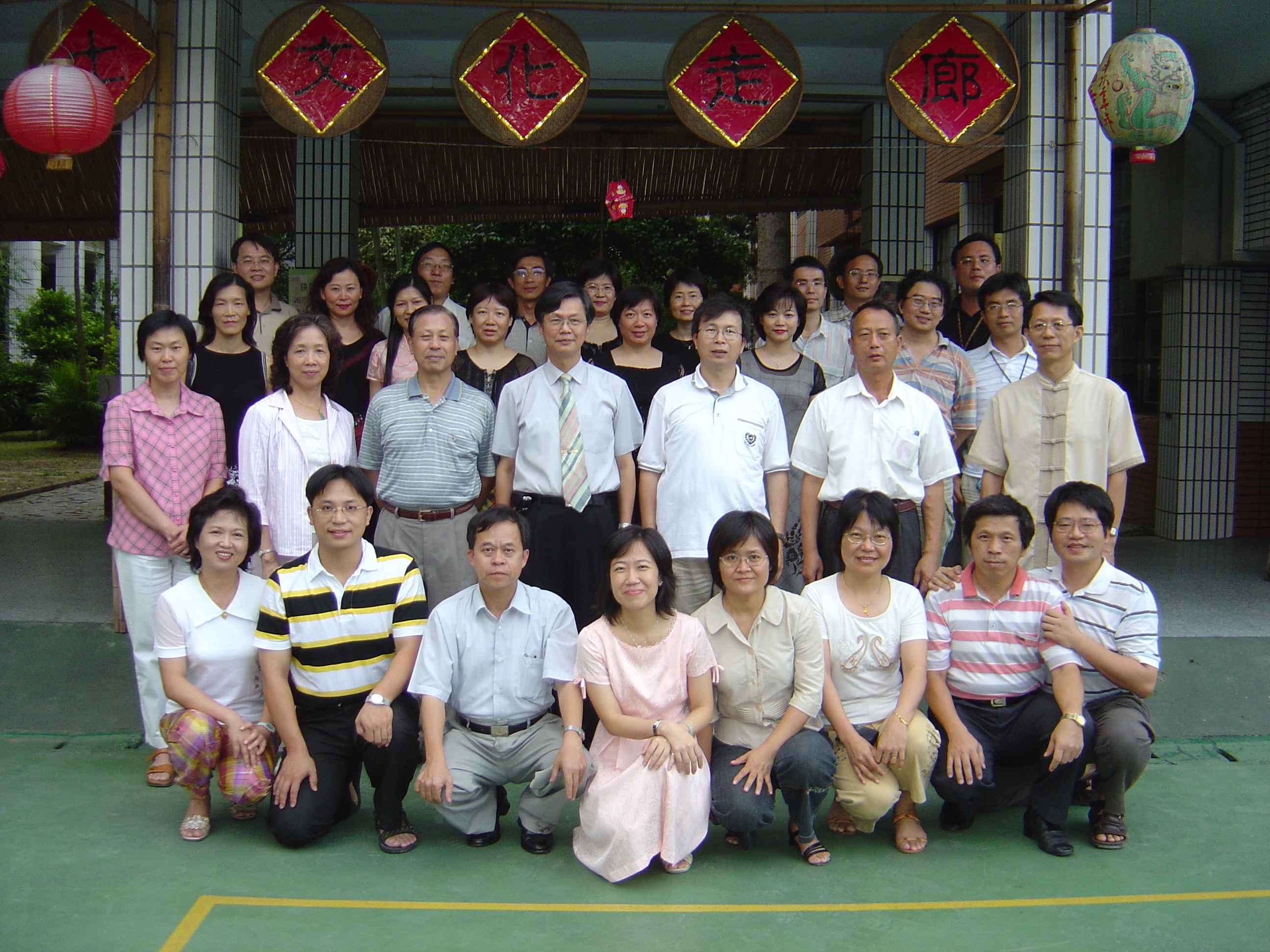 |
![]() 8-110研究生:李雪梨
8-110研究生:李雪梨
指導教授: 陳木金 博士
學位類別: 碩士
校院名稱: 國立台北師範學院
系所名稱: 國民教育研究所
學號: 8881024
學年度: 90
語文別: 中文
論文頁數: 200
![]() 論文題目及摘要(中文)
論文題目及摘要(中文)
基隆市國民小學學校本位管理之研究
本研究旨在探討基隆市國民小學教育人員對實施學校本位管理的意見,以作為未來推
廣學校本位管理之參考。除探討國民小學教育人員對學校本位管理的內涵、困難、功能看
法外,亦探討教育人員背景變項在學校本位管理看法得分的差異情形。
本研究係以基隆市之國民小學教育人員為研究對象,以「基隆市國民小學學校本位管
理調查問卷」為工具進行研究,內含基本資料、國民小學學校本位管理內涵看法問卷、國
民小學學校本位管理困難看法問卷、國民小學學校本位管理功能看法問卷四部分,施測樣
本1448位,有效樣本931位,分別以因素分析、信度分析、描述分析、t考驗、變異數分析
等統計方法進行分析,並得到以下數項結論:
一、基隆市國民小學教育人員在「學校本位管理內涵看法問卷」的總得分上,屬於中上程
度,在各向度之得分中,以「課程與教學」最高,其次為「學校人事」,最低則是「預算
運用」。
二、基隆市國民小學教育人員在「學校本位管理困難看法問卷」的總得分上,屬於中
等程度,在各向度之得分中,以「實施條件」最高,其次為「授權與參與」,最低則是「
權利與責任」。
三、基隆市國民小學教育人員在「學校本位管理功能看法問卷」的總得分上,屬於中
上程度,在各向度之得分中,以「學校效能」最高,其次為「成員士氣」,最低則是「公
共關係」。
四、基隆市國民小學教育人員背景變項中,性別、年齡、學歷、
服務年資、職務、學校規模等在「學校本位管理內涵看法問卷」上,大致相同,並無顯著
的差異。
五、基隆市國民小學教育人員背景變項中,除性別、學歷外,
年齡、服務年資、職務、學校規模等在「學校本位管理困難看法問卷」上,大致相同,並
無顯著的差異。
六、基隆市國民小學教育人員背景變項中,性別、年齡、學歷、
服務年資、職務、學校規模等在「學校本位管理功能看法問卷」上,大致相同,並無顯著
的差異。
七、基隆市國民小學教育人員在「學校本位管理內涵看法問卷」之得分中,低、中、
高三組在「整體學校本位管理功能看法」或「學校本位管理功能看法各向度」的得分上,
均有顯著差異;同時,不論在「整體學校本位管理功能看法」或「學校本位管理功能看法
各向度」的得分上,高分組均顯著優於中、低分組;中分組顯著優於低分組。
八、基隆市國民小學教育人員在「學校本位管理困難看法問卷」之得分中,低、中、
高三組在「整體學校本位管理功能看法」或「學校本位管理功能看法各向度」的得分上,
均有顯著差異;同時,不論在「整體學校本位管理功能看法」或「學校本位管理功能看法
各向度」的得分上,高分組均顯著優於中分組,但未必優於低分組;而中分組亦未必優於
低分組。
最後,本研究根據研究結果進行分析討論,形成結論及建議,並提供教育行政機關、
學校行政及未來相關研究之參考。
![]() 論文題目及摘要(英文)
論文題目及摘要(英文)
A Study on the Core Management of Keelung Elementary Schools
The purpose of this study is to examine the opinions of Keelung elementary
schools' faculties on core school management for future reference on
promoting core school management. Other than exploring the faculties'
opinions on the relevant contents, difficulties and functions, this study will
also investigate the faculties'' background variants on the differences of
the scoring of the core school management.
The subject of this study is the faculties of the elementary schools located
in Keelung. The tool employed is “Questionnaire on Keelung Elementary Schools
' Core Management”. The questionnaire covers four parts of basic information
, the opinions on core school management, the relevant difficulties and
management functions. The sampling subjects are 1,448 with valid samples of
931, subjected to factor analysis, credibility analysis, description analysis,
t-test and variable analysis. From which, the following conclusions are
derived:
1. The total score of the part of “the contents of school core management”
is rated above mid level. Among the various factor scoring, “course &
teaching” is the highest, followed by “school personnel”. The “budget
application” is the lowest.
2. On the part of “management difficulties”, the total score is mid
level. . Among the various factor scoring, “implementation conditions”
rates the highest, followed by “authorisation & participation”. The lowest
is “rights & responsibilities”.
3. On the part of “management functions”, the total score is upper mid
level. Among the various factor scoring, “school efficacy” rates the
highest, followed by “personnel morale”. The lowest is “public relations”.
4. The faculties' background variants that include gender, age, education
level, seniority, position and school scale show no significant differences on
the “management contents”.
5. Among the background variants, other than gender and education level, the
variants of age, seniority, position show no apparent differences on the “
management difficulties”.
6. On the “management function” part, all the background variants, including
gender, age, education level, seniority, position and school scale, show no
apparent differences.
7. On the “management contents” questionnaire, the scores of upper middle,
middle and low sets of the faculties' opinions on “overall management
functions” and “factors of core school management functions” are
significantly varied. At the same time, be it the “overall management
functions” and “factors of core school management functions”, the higher
score sets are apparently superior to the middle and lower sets. The middle
sets are apparently superior to the lower ones.
8. On the “management difficulties”, the scores of “overall management
functions” and “factors of core school management functions” are
significantly varied among the upper middle, middle and low sets. Meanwhile,
be it the “overall management functions” and “factors of core school
management functions”, the higher score sets are apparently superior to the
middle sets. Yet, the middle sets are not necessarily superior to the lower
ones.
Lastly, the study results are analysed and discussed in arriving at conclusions
and suggestions for the reference of education governing authorities, school
administrations and related studies.
![]() 關鍵字:
關鍵字:
1.學校本位管理 school-based Management
2.學校本位決定 site-based decision making
3.自我管理學校 self-management school